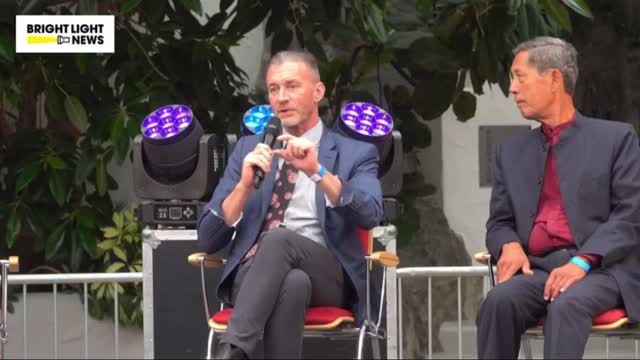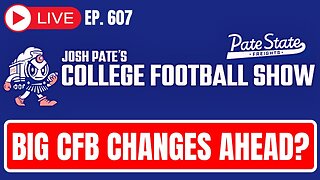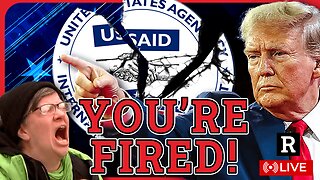Premium Only Content

THIS IS WHY SOME ARE INJURED MANY ARE NOT
Current strategies for designing vaccines against covid, for instance, may enable some components in multi-component vaccines to cancel the effect of others on the immune system, eliminating their ability to provide protection, according to an article to be published shortly in the Proceedings of the National Academy of Sciences (PNAS). The authors also successfully tested techniques that offer a solution to newly revealed mechanisms that enable some vaccine components to outcompete others.
Recognizing molecules as part one’s self versus foreign invaders is the responsibility of the immune system. The adaptive component of that system creates a great variety of immune cells on the hope that one will be the right shape to become activated by any invader encountered. When one of those immune cells recognizes an invader, it expands into an army of clones specifically selected to attack that organism. In a landmark discovery, researchers discovered that part of the immune system selects certain, small pieces of each disease-causing entity (or pathogen) to trigger immune cell expansion, while ignoring the rest. Those triggering protein fragments, or peptides, are termed “immunodominant.” For many years, the field has faced three questions. How does this selectivity evolve? Does the process always focus on the peptid fragments that will provide the strongest immune response/protection? If not, can we make changes to useful peptides that make them the center of the immune system’s attention?
One workhorse of the adaptive system is the helper T cell, a white blood cell that partners with dendritic cells to make careful decisions about which disease-causing peptides attract attention. Upon encountering an invader, a dendritic cell will “swallow it,” cut it up, and carry the pieces to the nearest lymph node. Once there, major histocompatibility complex (MHC} class II proteins inside the dendritic cells present peptides on the cell’s surface for consideration by T cells gathered there. Activated T cells begin dividing, which greatly increase their number, until they become capable of the destroying the pathogen in question when exposed to high enough levels of the peptide representing it.
-
 5:47
5:47
GrowthFactor.org
7 months agoWHY DID HEATHER MACDONALD TAKE 5 SHOTS THEN FAINT ONSTAGE?
7562 -
 1:14:02
1:14:02
Donald Trump Jr.
6 hours agoThe USAID Truman Show, Interview with Mike Benz | Triggered Ep.214
94.1K127 -
 34:24
34:24
Kimberly Guilfoyle
6 hours agoFaith, Fairness, and a Better Future: Live w/ Joy Pullmann & Elizabeth Mitchell | Ep.194
98K22 -
 LIVE
LIVE
Josh Pate's College Football Show
4 hours ago $0.19 earnedBig CFB Changes Coming | DeBoer Fixing Alabama | Signing Day Reaction | OhioSt vs Michigan Shift
296 watching -
 LIVE
LIVE
The StoneZONE with Roger Stone
1 hour agoEXCLUSIVE: James O'Keefe Talks to Roger Stone About Dropped Charges Against Him | The StoneZONE
1,300 watching -
 LIVE
LIVE
megimu32
1 hour agoON THE SUBJECT: Comedian LOSES It At Heckler!
178 watching -
 1:17:13
1:17:13
Redacted News
5 hours agoTRUMP IS BURNING IT ALL DOWN AND DEMOCRATS WANT HIM IMPEACHED AGAIN, USAID ROT GOES DEEP | Redacted
142K301 -
 52:23
52:23
Candace Show Podcast
5 hours agoUPDATE! Taylor Swift Goes Full Dragon Against Blake Lively | Candace Ep 144
110K162 -
 54:41
54:41
LFA TV
1 day agoCorruption Like You Never Imagined | TRUMPET DAILY 2.6.25 7pm
25K11 -
 39:10
39:10
theDaily302
12 hours agoThe Daily 302- JJ Carrell
13.3K